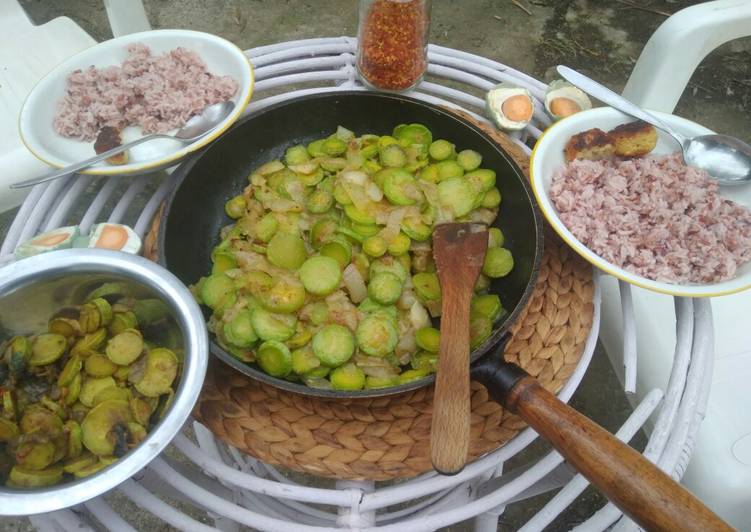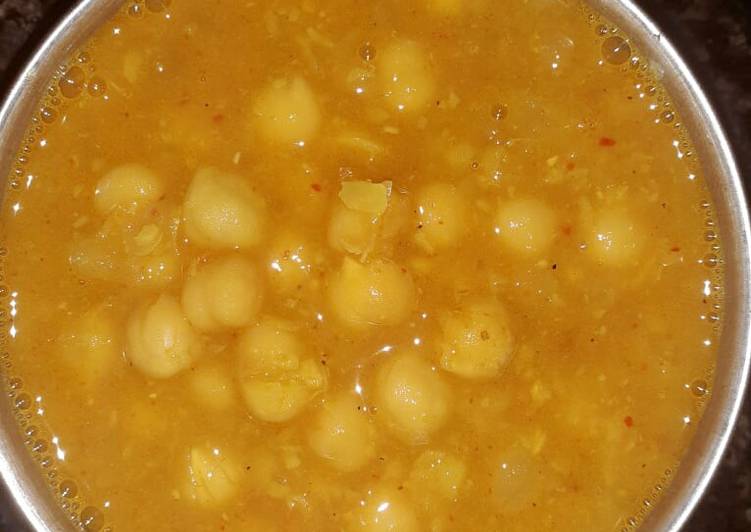
Hey everyone, it is me, Dave, welcome to our recipe page. Today, we’re going to make a special dish, shirataki noodles with tarako (masago-ae). It is one of my favorites. This time, I am going to make it a little bit unique. This will be really delicious.
Shirataki Noodles with Tarako (Masago-ae) is one of the most popular of current trending foods in the world. It’s enjoyed by millions every day. It is simple, it is fast, it tastes yummy. They are nice and they look fantastic. Shirataki Noodles with Tarako (Masago-ae) is something which I have loved my entire life.
Shirataki noodles have no calories, yet are very filling and full of healthy fiber. This is a detailed article about shirataki noodles and how to use them. Shirataki noodles are a low-calorie food made from glucomannan, a type of fiber found in the Asian konjac plant.
To begin with this recipe, we must prepare a few ingredients. You can have shirataki noodles with tarako (masago-ae) using 6 ingredients and 6 steps. Here is how you cook that.
Ingredients
The ingredients needed to make Shirataki Noodles with Tarako (Masago-ae):
- Prepare 2 bags Shirataki noodles
- Get 1 pair Tarako (salt-cured cod or pollack roe)
- Get 3 tbsp ● Sake
- Take 1 tsp ● Soy sauce
- Make ready 2 grams ● Dashi stock granules
- Prepare 1/2 tsp ● Chicken soup stock granules
Shirataki are thin, translucent, gelatinous traditional Japanese noodles made from the konjac yam (devil's tongue yam or elephant yam). The word "shirataki" means "white waterfall", describing the appearance of these noodles. Largely composed of water and glucomannan, a water-soluble dietary. Shirataki (白滝, often written with the hiragana しらたき) are translucent, gelatinous traditional Japanese noodles made from the konjac yam (devil's tongue yam or elephant yam).
Instructions
Steps to make Shirataki Noodles with Tarako (Masago-ae):
- Wash the shirataki noodles in water, and cut 3 times. (I used a pre-treated kind of shirataki, but if you have regular shirataki boil it and rinse under water to get rid of the odor.)
- Drain the shirataki very well.
- Cut through the membrane of the tarako lengthwise. Add the ● ingredients, and mix them well with the insides of the tarako until you have a runny mixture.
- Put the shirataki noodles in a frying pan, and stir fry until there's no moisture left on then. When they are plump and rubbery add a little oil and stir-fry some more.
- Add the tarako sauce from Step 3, and stir fry until there's no moisture left. It will look nicer if you take out the membrane.
- Transfer to a dark colored serving dish. Since the tarako look like grains of sand, this dish is also called shirataki mixed with masago ("real sand" in Japanese) or masago-ae.
The word "shirataki" means white waterfall, referring to the appearance of these noodles. Want to have a bowl of Ramen, but can't because your trainer says you shouldn't because that would be like eating fast food on the way back from the gym? Here are the recipes to satisfy your ramen eating appetite by cutting calories in half with the wonder of Shirataki Noodles in your soup. A wide variety of shirataki noodles options are available to you, such as feature, processing type, and primary ingredient. Shirataki noodles are a low-calorie alternative to traditional pasta.
So that’s going to wrap it up with this exceptional food shirataki noodles with tarako (masago-ae) recipe. Thank you very much for reading. I am confident you will make this at home. There is gonna be more interesting food at home recipes coming up. Remember to save this page on your browser, and share it to your family, friends and colleague. Thanks again for reading. Go on get cooking!
Print this page

